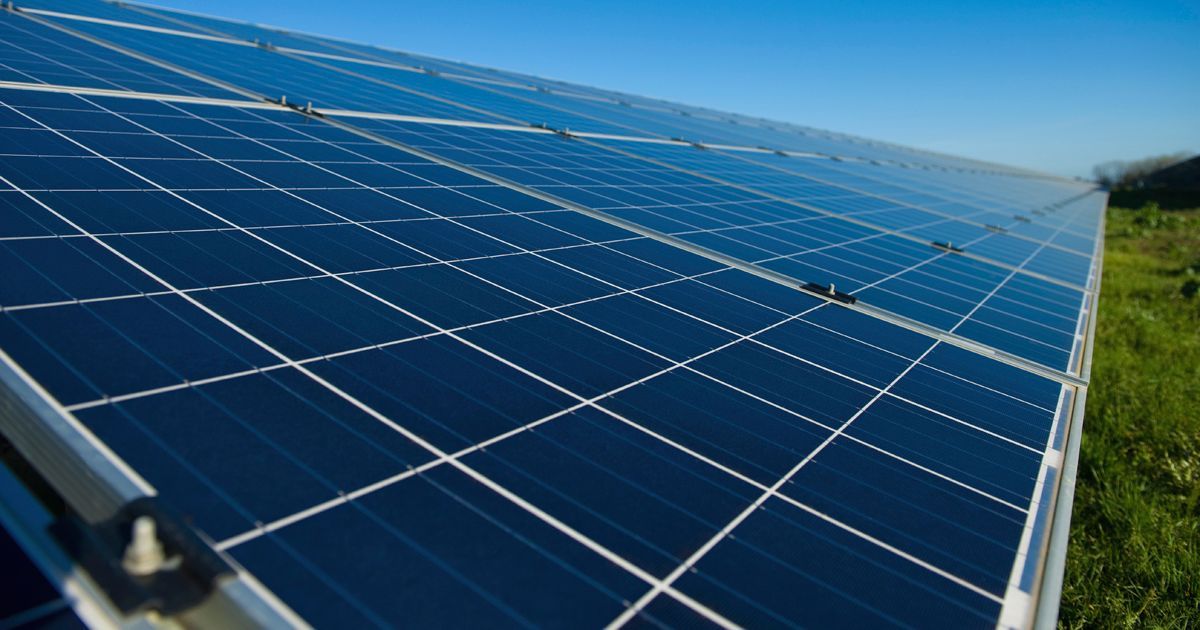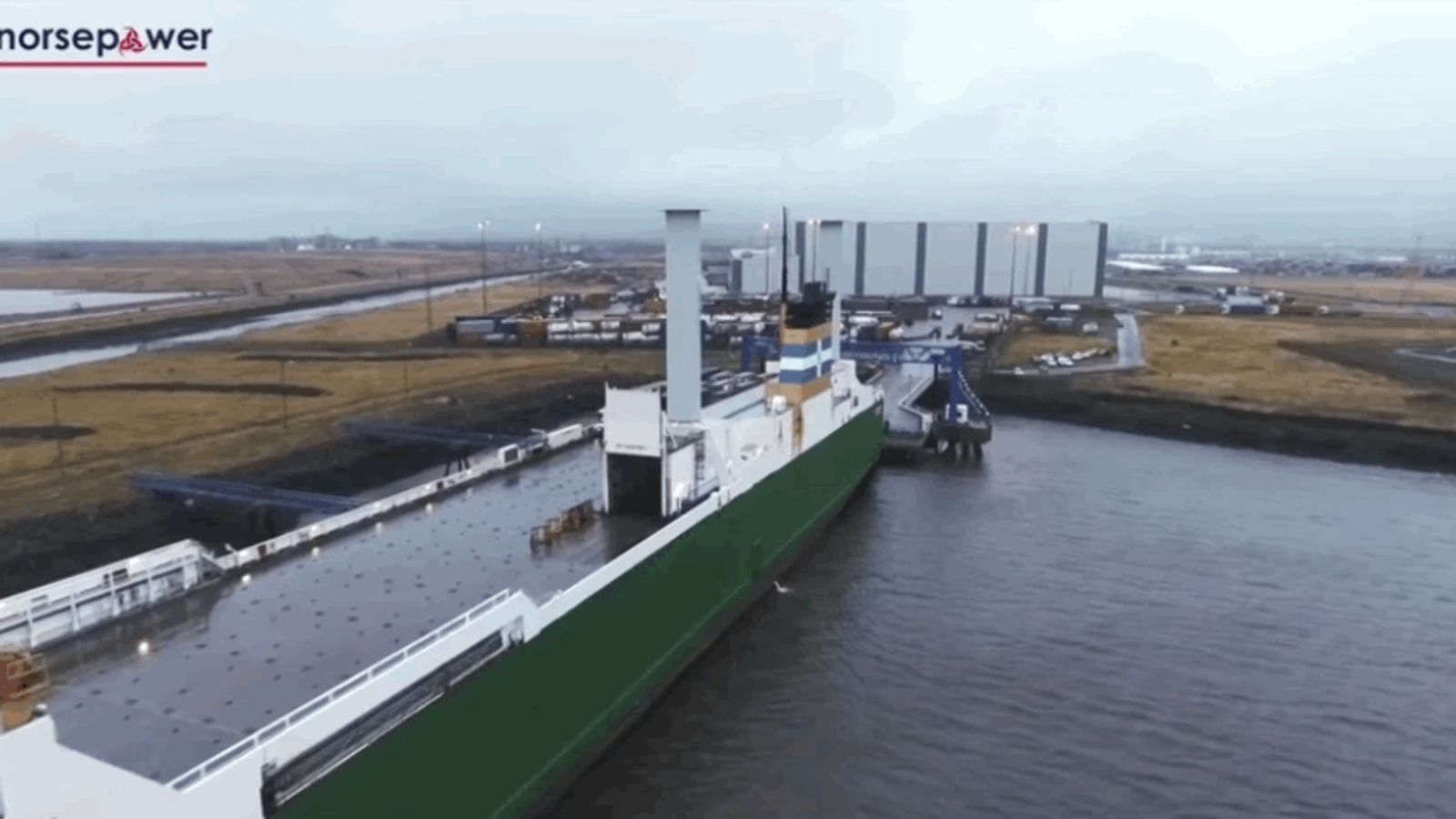One day in the not-so-distant future, light sails may hurtle through space at speeds of around 20% of the speed of light (or 60,000 km/sec), propelled not by fuel but rather by the radiation pressure from high-power lasers on Earth. Traveling at these relativistic speeds, laser-powered light sails could reach our nearest neighboring star (other than the Sun), Alpha Centauri, or the nearest known potentially habitable planet, Proxima Centauri b, in about 20 years. Both objects are a little more than four light-years away.









